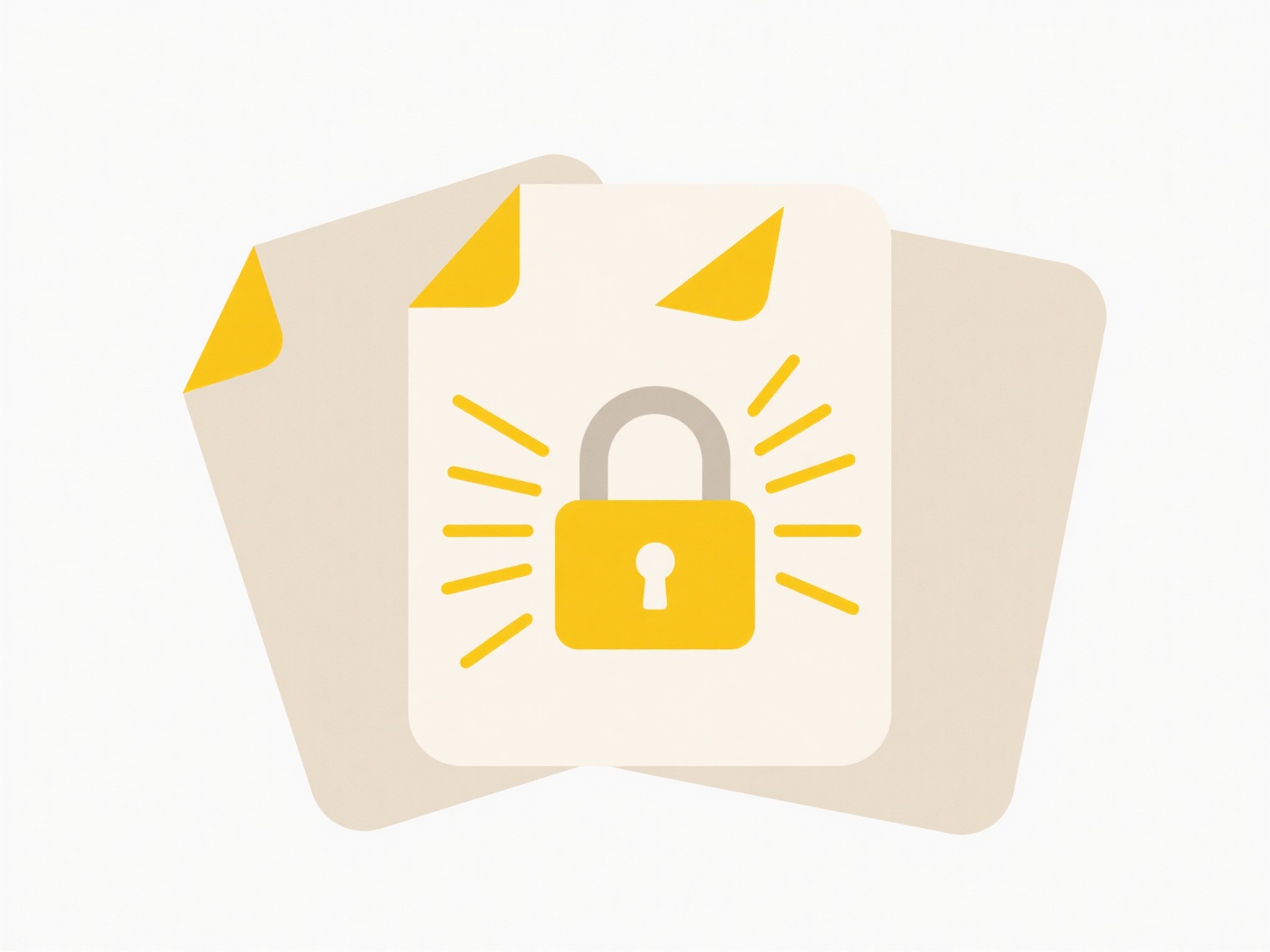
Naming legal documents systematically ensures clarity, quick retrieval, and version control. The best approach uses concise combinations reflecting key details like the document type (e.g., Contract, NDA), the primary parties involved (abbreviated consistently), the agreement's subject matter, and the date signed. This differs significantly from generic naming like "Document1" or vague terms like "Agreement" because it embeds essential context directly in the filename, eliminating confusion across numerous files.

For example, an SaaS agreement might be named "Contract_SaaS_ClientABC_VendorXYZ_20240615.pdf". An NDA covering a specific project could be "NDA_ProjectGamma_CompanyA_ConsultantB_20231101.pdf". Legal teams, finance departments, and businesses across all sectors adopt this practice, often enforced through document management systems (DMS) like iManage or SharePoint, or contract lifecycle management (CLM) platforms. Naming rules are frequently integrated into template libraries.
This structured approach significantly improves searchability and reduces errors from accessing incorrect versions. A major limitation is the initial effort to define and enforce naming conventions across an organization. Ethical implications include the risk of misidentification leading to incorrect actions if conventions aren't strictly followed. Clear standardization, however, is fundamental to efficient workflow, risk mitigation, and adapting legal tech tools.
What’s the best way to name legal documents like contracts or NDAs?
Naming legal documents systematically ensures clarity, quick retrieval, and version control. The best approach uses concise combinations reflecting key details like the document type (e.g., Contract, NDA), the primary parties involved (abbreviated consistently), the agreement's subject matter, and the date signed. This differs significantly from generic naming like "Document1" or vague terms like "Agreement" because it embeds essential context directly in the filename, eliminating confusion across numerous files.

For example, an SaaS agreement might be named "Contract_SaaS_ClientABC_VendorXYZ_20240615.pdf". An NDA covering a specific project could be "NDA_ProjectGamma_CompanyA_ConsultantB_20231101.pdf". Legal teams, finance departments, and businesses across all sectors adopt this practice, often enforced through document management systems (DMS) like iManage or SharePoint, or contract lifecycle management (CLM) platforms. Naming rules are frequently integrated into template libraries.
This structured approach significantly improves searchability and reduces errors from accessing incorrect versions. A major limitation is the initial effort to define and enforce naming conventions across an organization. Ethical implications include the risk of misidentification leading to incorrect actions if conventions aren't strictly followed. Clear standardization, however, is fundamental to efficient workflow, risk mitigation, and adapting legal tech tools.
Related Recommendations
Quick Article Links
How do I search across databases or document libraries?
Searching across databases or document libraries means querying multiple separate sources simultaneously or through a si...
How do I revert a file back to its original extension?
Reverting a file extension means changing the letters after the final dot in a filename (like `.txt`, `.jpg`, `.docx`) b...
Why do charts not appear when opening a file on another device?
Charts failing to display when opening a file on a different device often stems from missing dependencies. Charts, like ...